公司规模
Large Corporate
地区
- Pacific
国家
- Australia
产品
- CARTO Location Intelligence platform
- Maximo Asset Management System
技术栈
- GPS
- Mobile Application
- Cloud-based system
实施规模
- Enterprise-wide Deployment
影响指标
- Productivity Improvements
- Customer Satisfaction
- Employee Satisfaction
技术
- 平台即服务 (PaaS) - 连接平台
适用行业
- 运输
适用功能
- 维护
- 物流运输
用例
- 资产健康管理 (AHM)
- 实时定位系统 (RTLS)
- 基础设施检查
服务
- 系统集成
- 软件设计与工程服务
关于客户
ConnectEast is a company that owns and operates the 39km EastLink toll road, Melbourne’s fastest and most delay-free freeway. The company has been awarded a 5 star ESG sustainability rating for six consecutive years by GRESB, and is considered one of the world leaders in sustainable transport infrastructure. EastLink, the largest tollway network in Victoria, connects the Eastern, Monash, Frankston and Peninsula Link freeways. EastLink’s mission is to keep prices affordable, while providing a safe, sustainable, quick and reliable commute for Melbourne’s road users. As part of its responsibilities, ConnectEast services roads and assets regularly to ensure high safety standards, continual traffic flow and valued public amenities. These assets include roads signs, lighting, safety barriers, bridges, tunnels, noise walls, tolling gantries, traffic management systems, sensors, CCTV cameras, bicycle and walking trails plus public artworks and landscaping elements. In total, ConnectEast maintains over 99,000 infrastructure assets.
挑战
ConnectEast, the owner and operator of the 39km EastLink toll road in Melbourne, was facing challenges in managing its vast array of infrastructure assets. The company was using a paper-based method of asset management, which was inefficient and time-consuming. Documents were scanned and saved or transcribed into the system manually, or in the case of photos, uploaded. This process was not only cumbersome but also posed the risk of potential loss of information. Moreover, scanned documents (PDF’s) did not allow for spatial analysis or reporting capabilities. There was a lack of real-time visibility, and it was difficult to meet ongoing reporting demands, including KPI tracking for government reporting purposes.
解决方案
To overcome these challenges, ConnectEast contracted NGIS to build a Location Intelligence solution based on map visualizations of the assets containing the GPS data stored in their Asset Management System (Maximo). This solution helped streamline the daily asset management process, improving employee safety, operational efficiency and customer satisfaction levels. The map visualization, developed using the CARTO platform, leverages valuable Location Intelligence to physically identify all assets using GPS data, each identified by a unique asset number. The desktop and mobile application feature a search function, allowing assets to be searchable on the map. This helps to eliminate any confusion about which asset requires work or unplanned maintenance. Day-to-day use of the solution enables customization based upon need, including applying layers such as work orders, assets, spill map, drainage and local government areas.
运营影响

Case Study missing?
Start adding your own!
Register with your work email and create a new case study profile for your business.
相关案例.
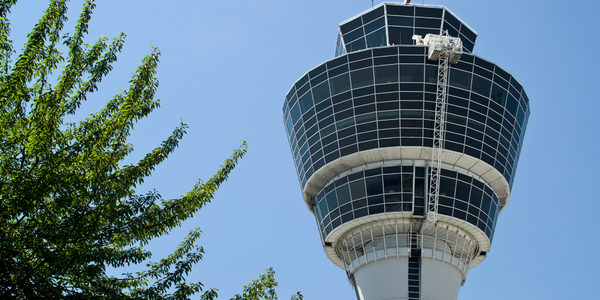
Case Study
Airport SCADA Systems Improve Service Levels
Modern airports are one of the busiest environments on Earth and rely on process automation equipment to ensure service operators achieve their KPIs. Increasingly airport SCADA systems are being used to control all aspects of the operation and associated facilities. This is because unplanned system downtime can cost dearly, both in terms of reduced revenues and the associated loss of customer satisfaction due to inevitable travel inconvenience and disruption.
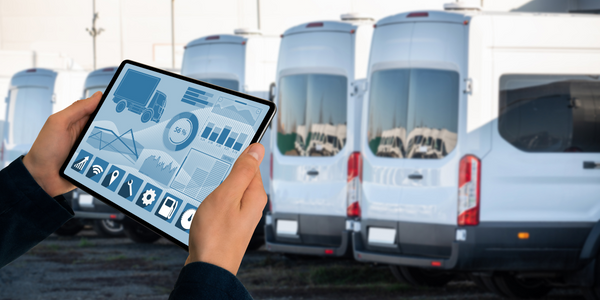
Case Study
IoT-based Fleet Intelligence Innovation
Speed to market is precious for DRVR, a rapidly growing start-up company. With a business model dependent on reliable mobile data, managers were spending their lives trying to negotiate data roaming deals with mobile network operators in different countries. And, even then, service quality was a constant concern.
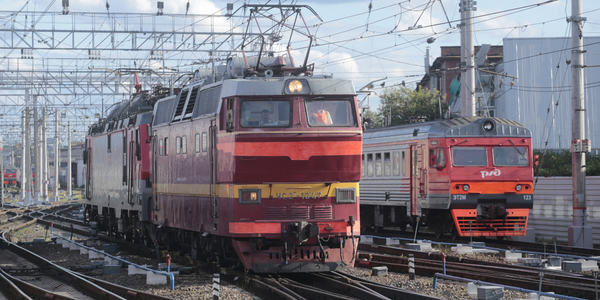
Case Study
Digitize Railway with Deutsche Bahn
To reduce maintenance costs and delay-causing failures for Deutsche Bahn. They need manual measurements by a position measurement system based on custom-made MEMS sensor clusters, which allow autonomous and continuous monitoring with wireless data transmission and long battery. They were looking for data pre-processing solution in the sensor and machine learning algorithms in the cloud so as to detect critical wear.
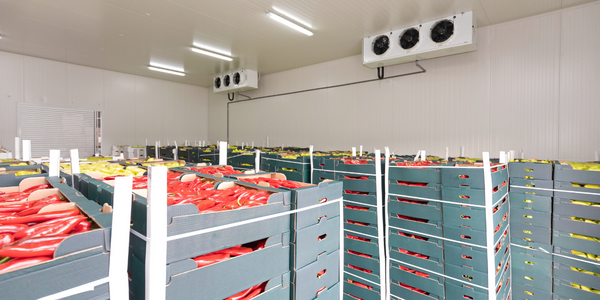
Case Study
Cold Chain Transportation and Refrigerated Fleet Management System
1) Create a digital connected transportation solution to retrofit cold chain trailers with real-time tracking and controls. 2) Prevent multi-million dollar losses due to theft or spoilage. 3) Deliver a digital chain-of-custody solution for door to door load monitoring and security. 4) Provide a trusted multi-fleet solution in a single application with granular data and access controls.
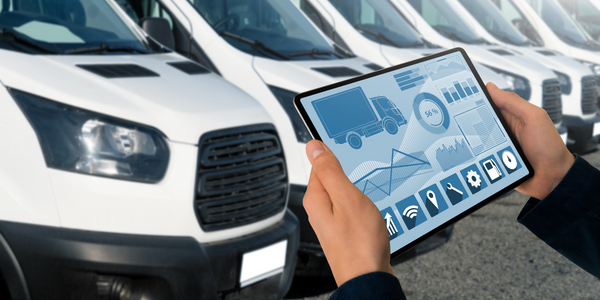
Case Study
Vehicle Fleet Analytics
Organizations frequently implement a maintenance strategy for their fleets of vehicles using a combination of time and usage based maintenance schedules. While effective as a whole, time and usage based schedules do not take into account driving patterns, environmental factors, and sensors currently deployed within the vehicle measuring crank voltage, ignition voltage, and acceleration, all of which have a significant influence on the overall health of the vehicle.In a typical fleet, a large percentage of road calls are related to electrical failure, with battery failure being a common cause. Battery failures result in unmet service agreement levels and costly re-adjustment of scheduled to provide replacement vehicles. To reduce the impact of unplanned maintenance, the transportation logistics company was interested in a trial of C3 Vehicle Fleet Analytics.

Case Study
3M Gains Real-Time Insight with Cloud Solution
The company has a long track record of innovative technology solutions. For example, 3M helps its customers optimize parking operations by automating fee collection and other processes. To improve support for this rapidly expanding segment, 3M needed to automate its own data collection and reporting. The company had recently purchased the assets of parking, tolling, and automatic license plate reader businesses, and required better insight into these acquisitions. Chad Reed, Global Business Manager for 3M Parking Systems, says, “With thousands of installations across the world, we couldn’t keep track of our software and hardware deployments, which made it difficult to understand our market penetration.” 3M wanted a tracking application that sales staff could use to get real-time information about the type and location of 3M products in parking lots and garages. So that it could be used on-site with potential customers, the solution would have to provide access to data anytime, anywhere, and from an array of mobile devices. Jason Fox, Mobile Application Architect at 3M, upped the ante by volunteering to deliver the new app in one weekend. For Fox and his team, these requirements meant turning to the cloud instead of an on-premises datacenter. “My first thought was to go directly to the cloud because we needed to provide access not only to our salespeople, but to resellers who didn’t have access to our internal network,” says Fox. “The cloud just seemed like a logical choice.”







